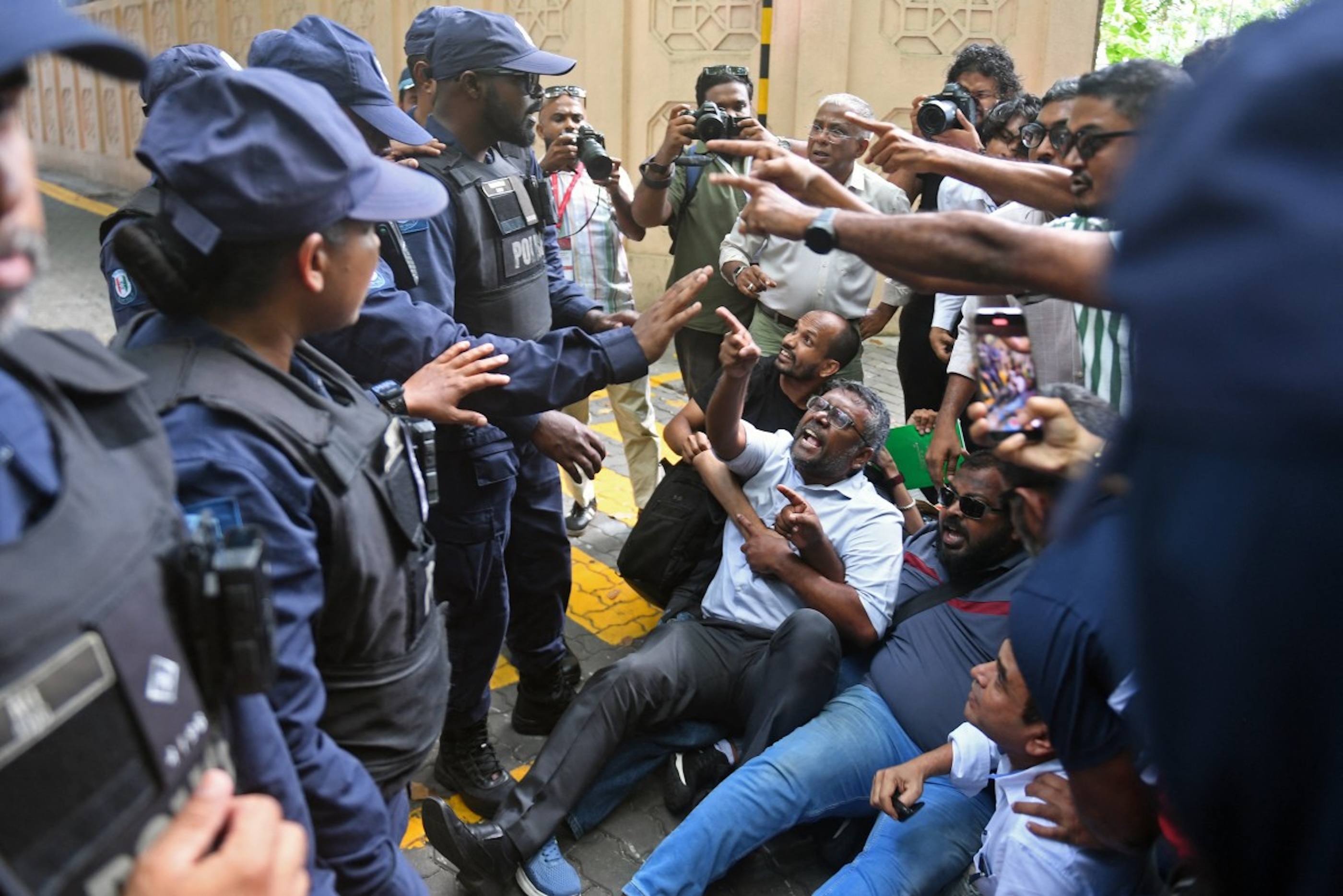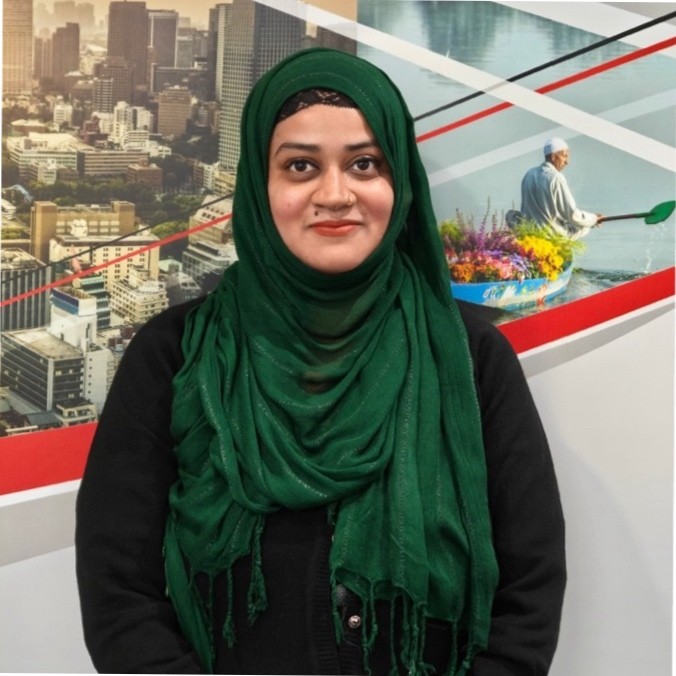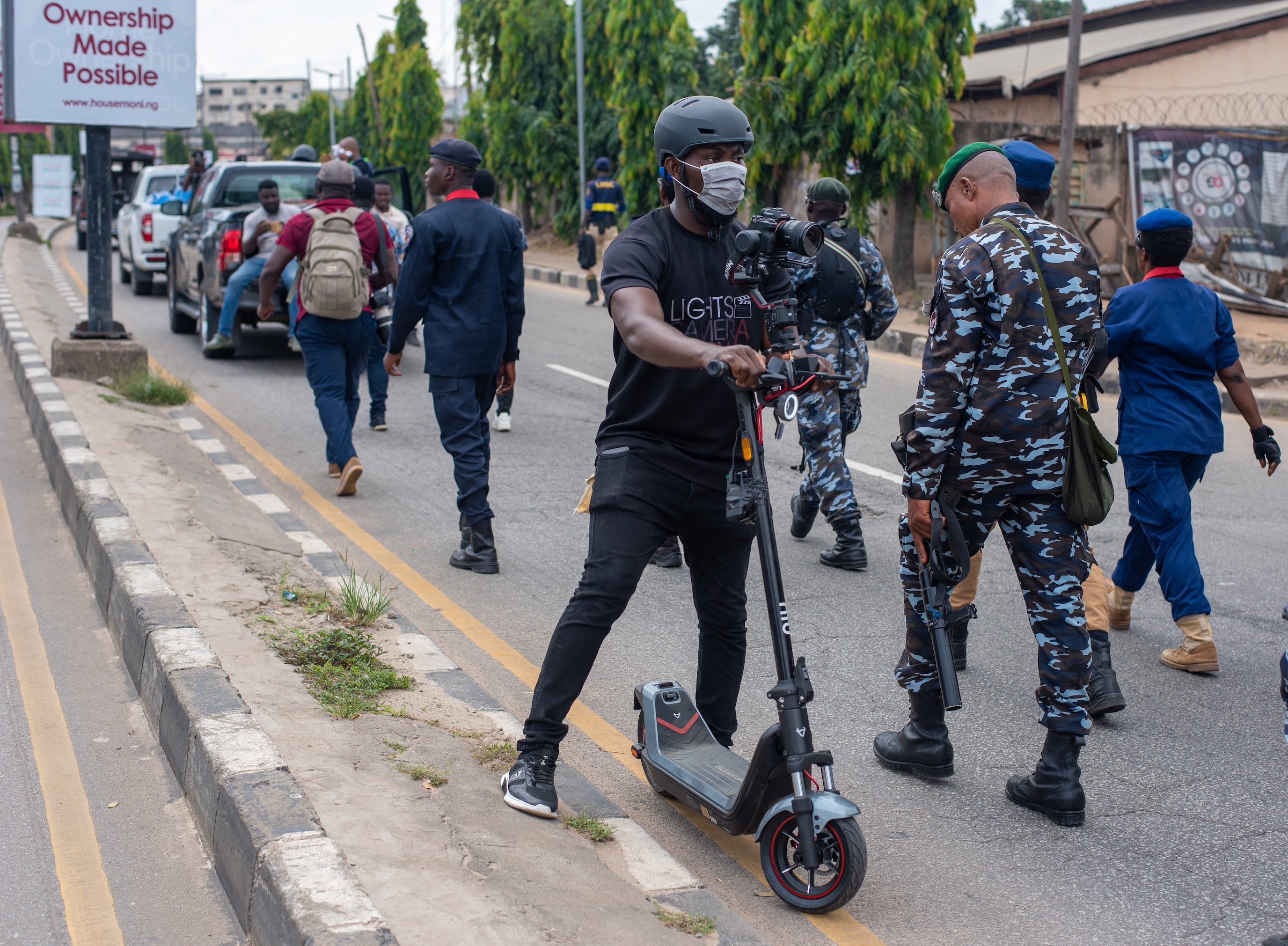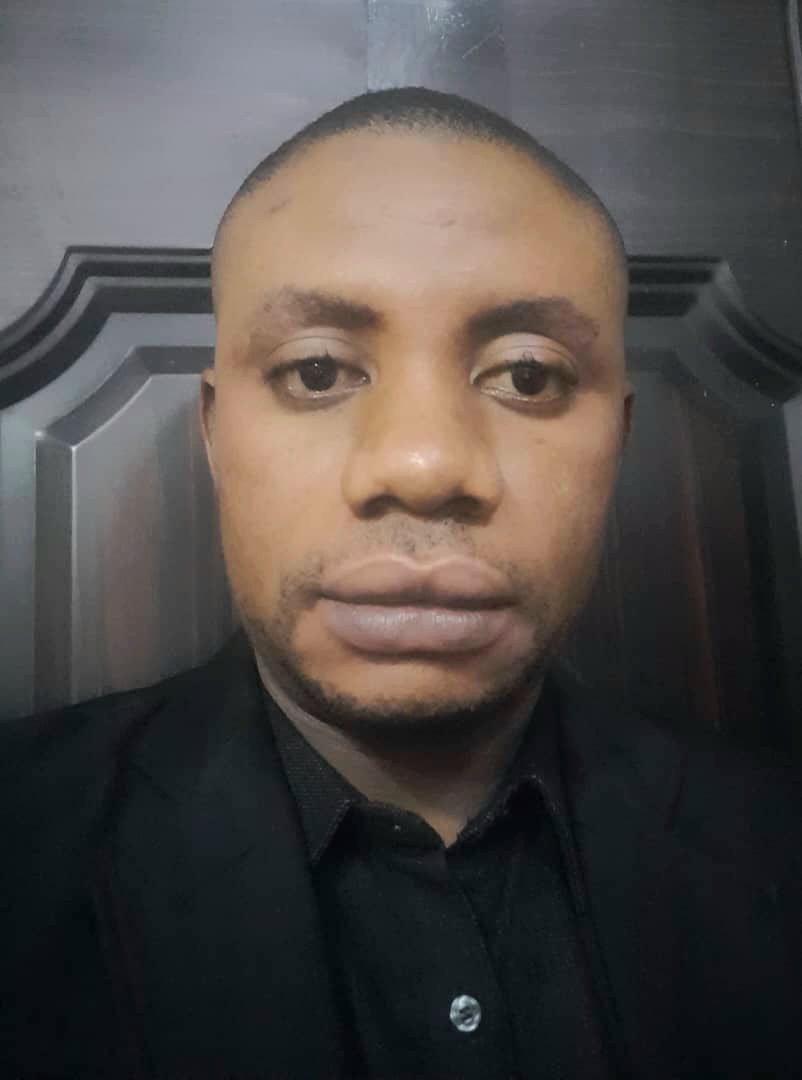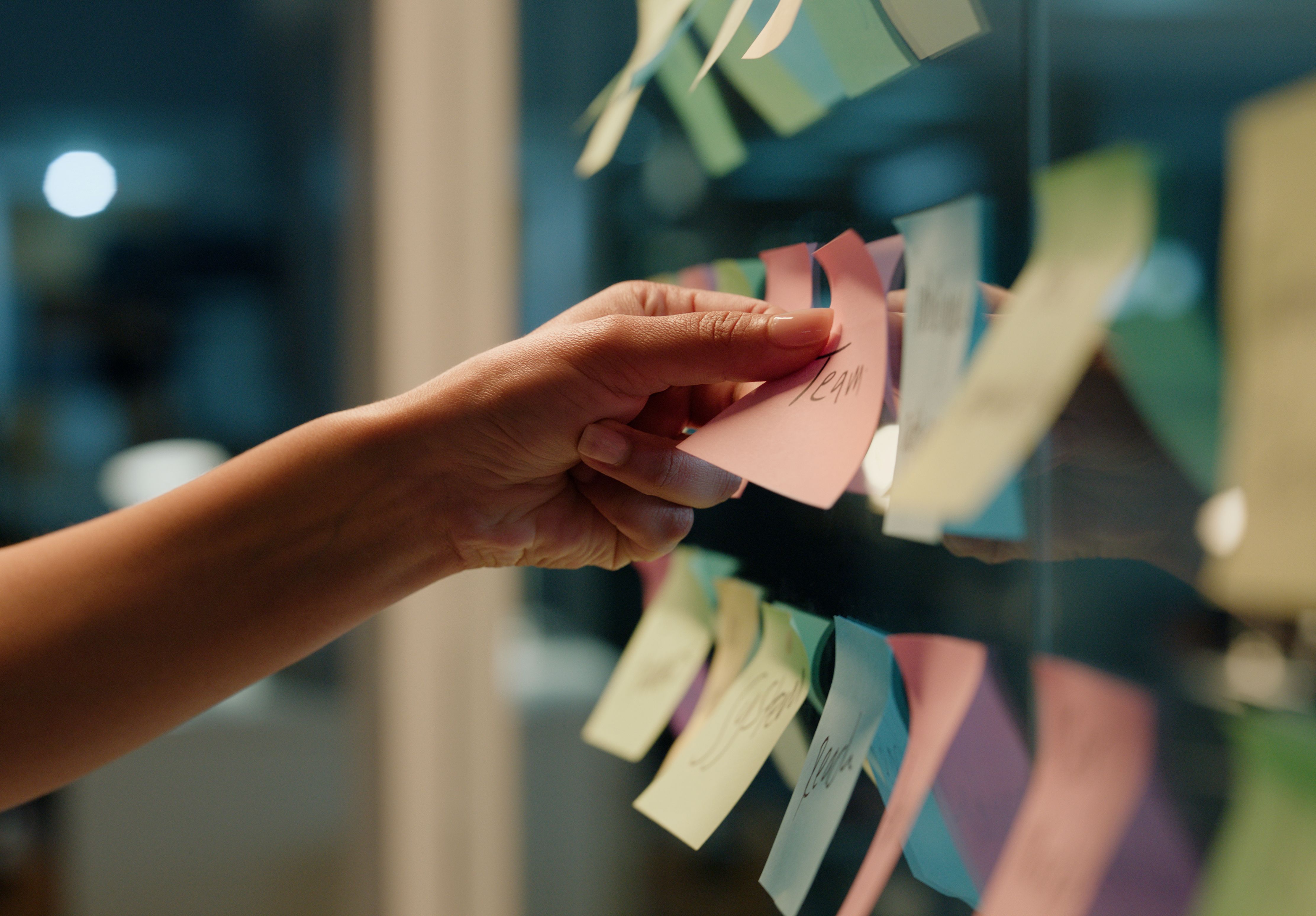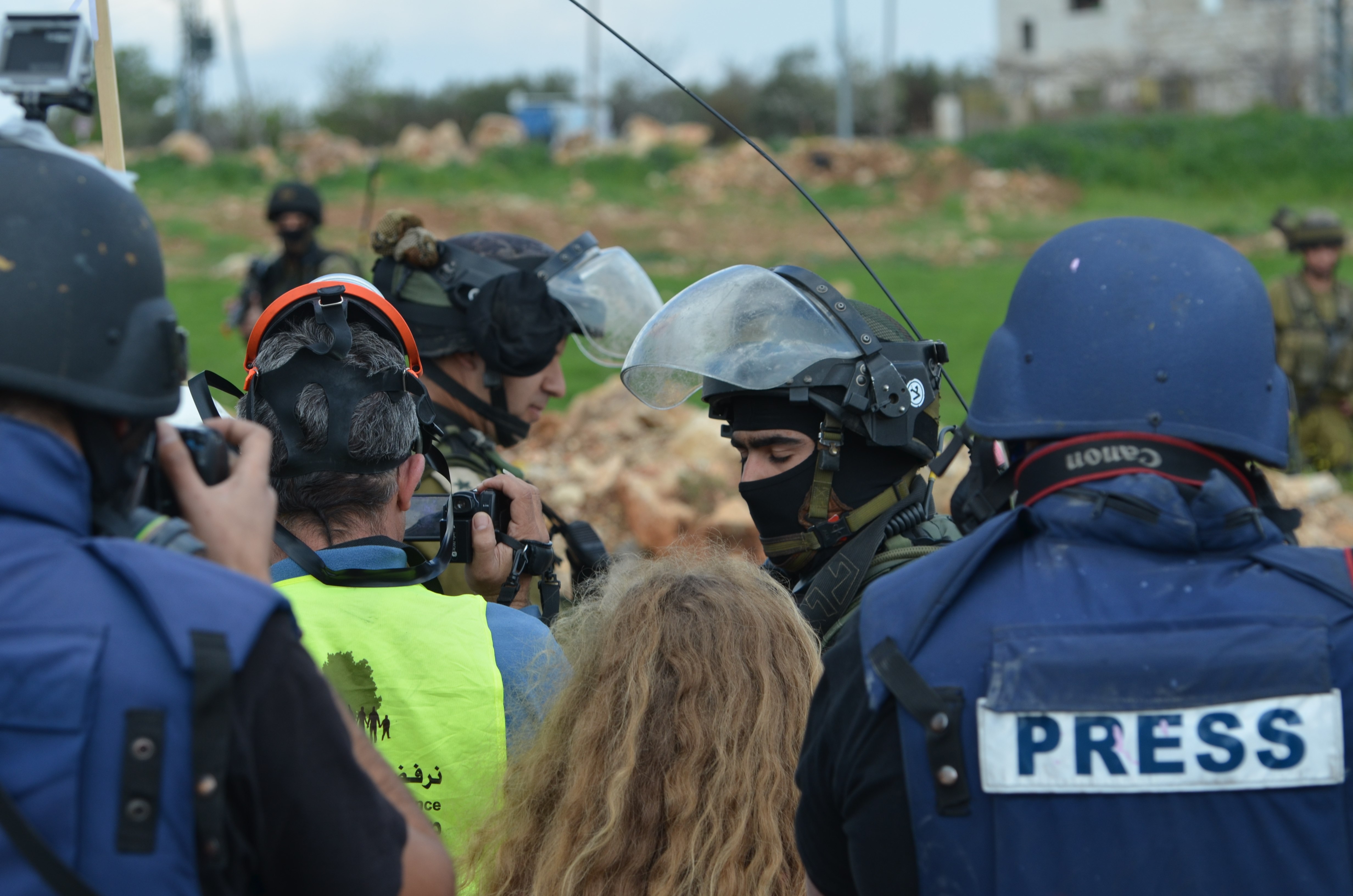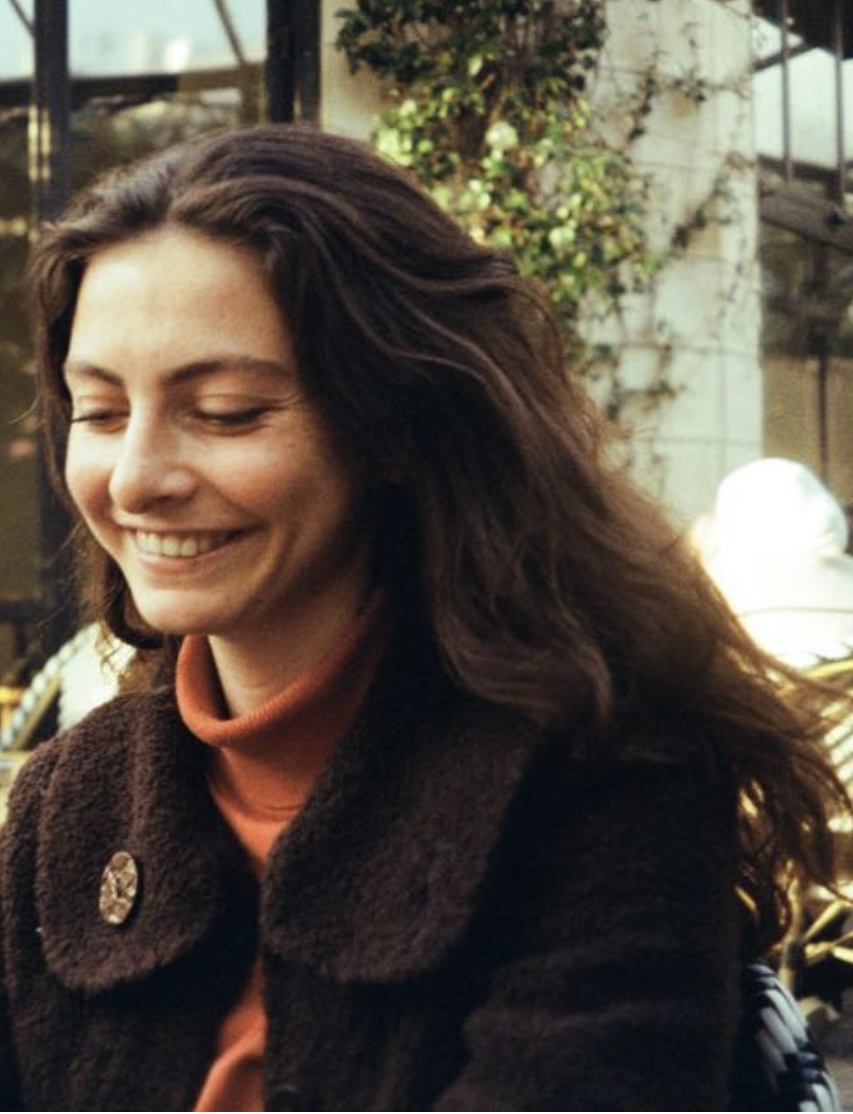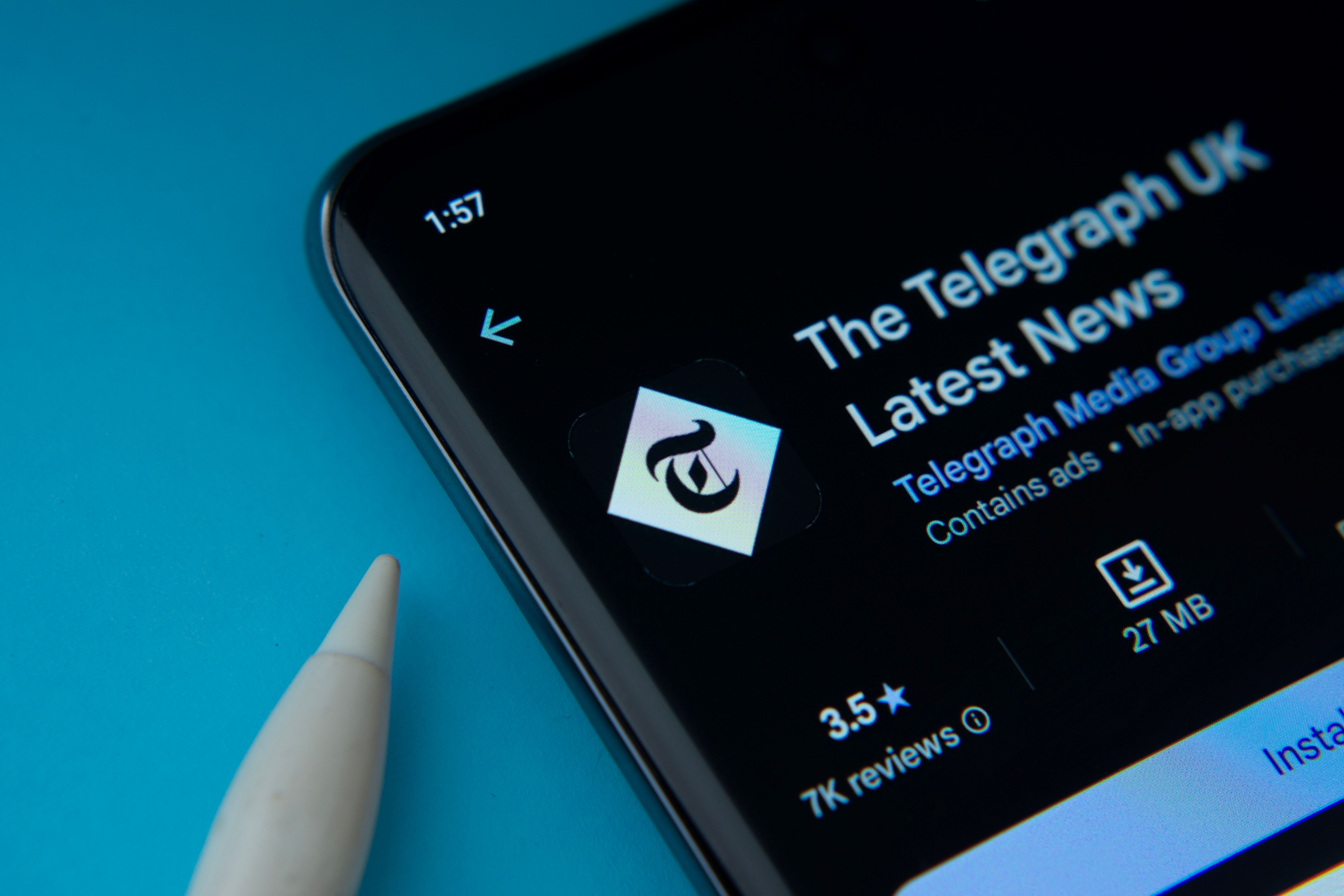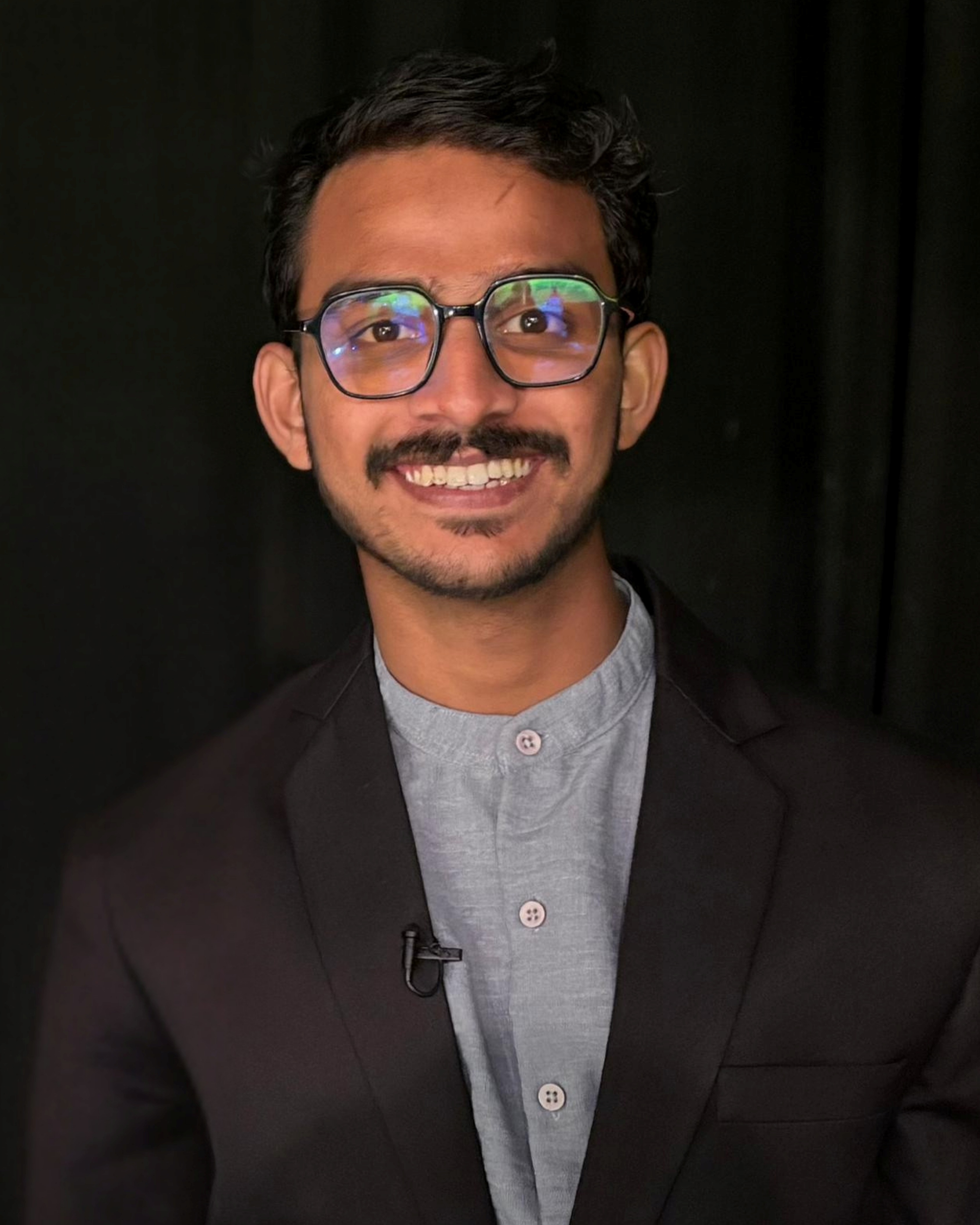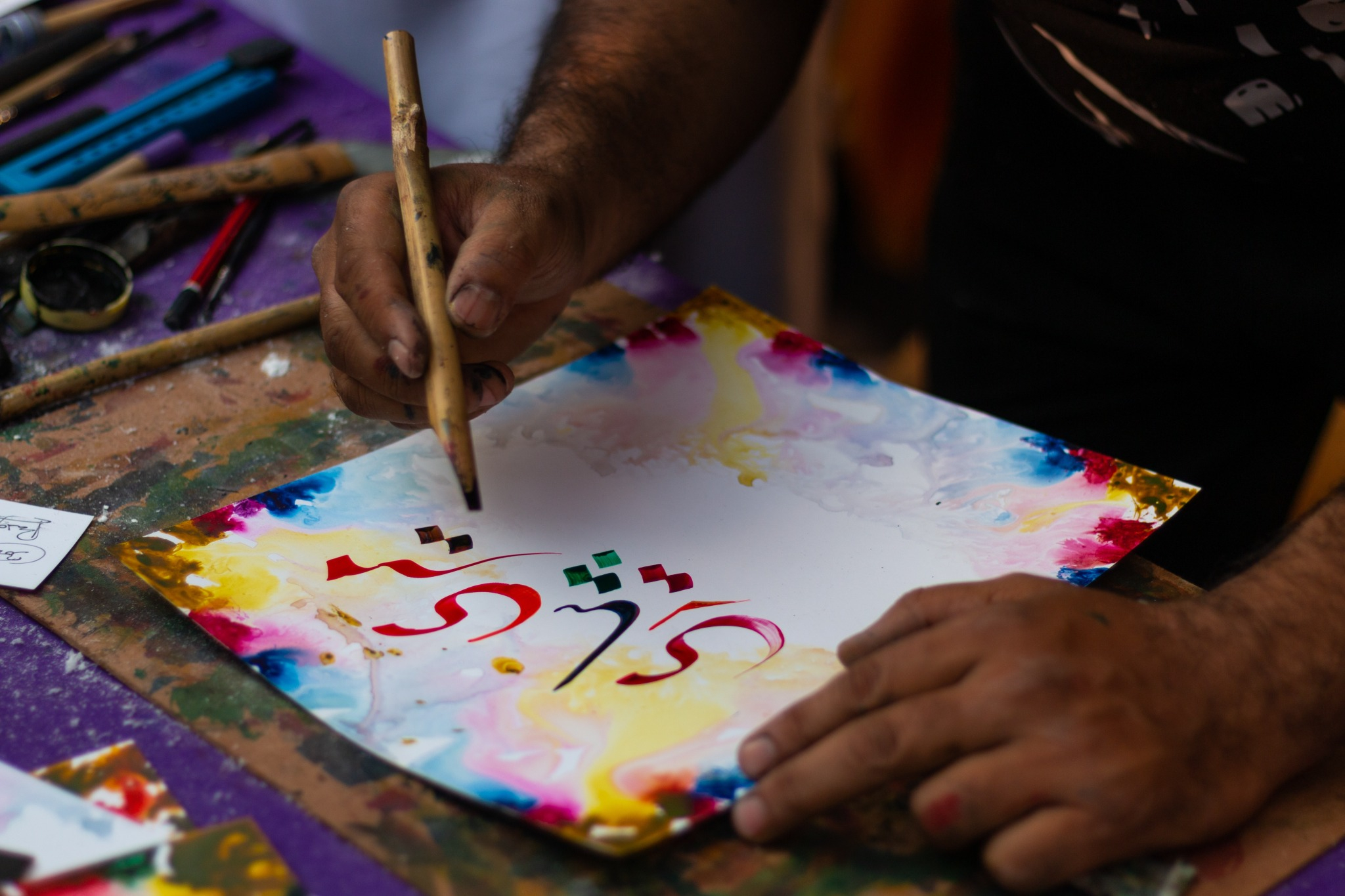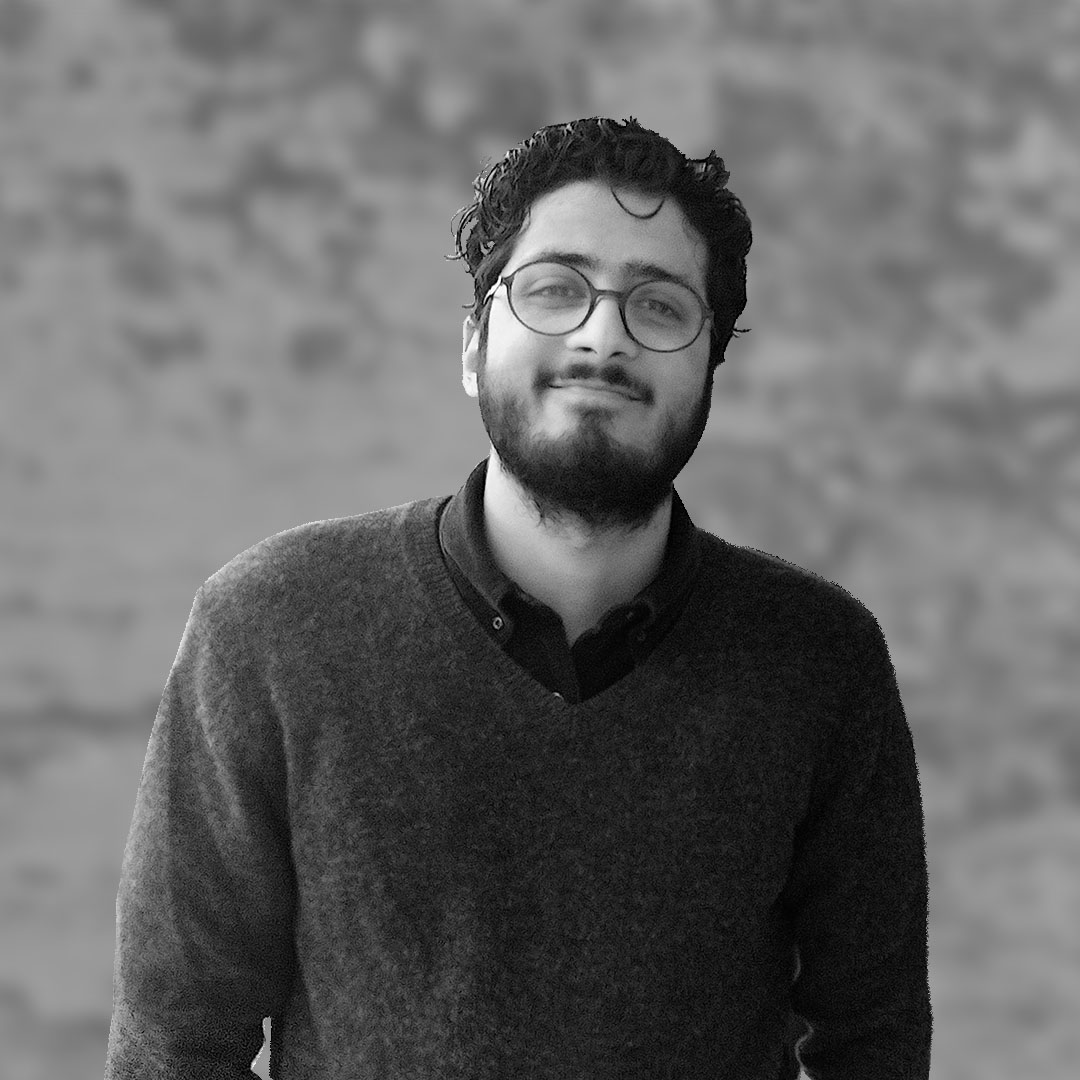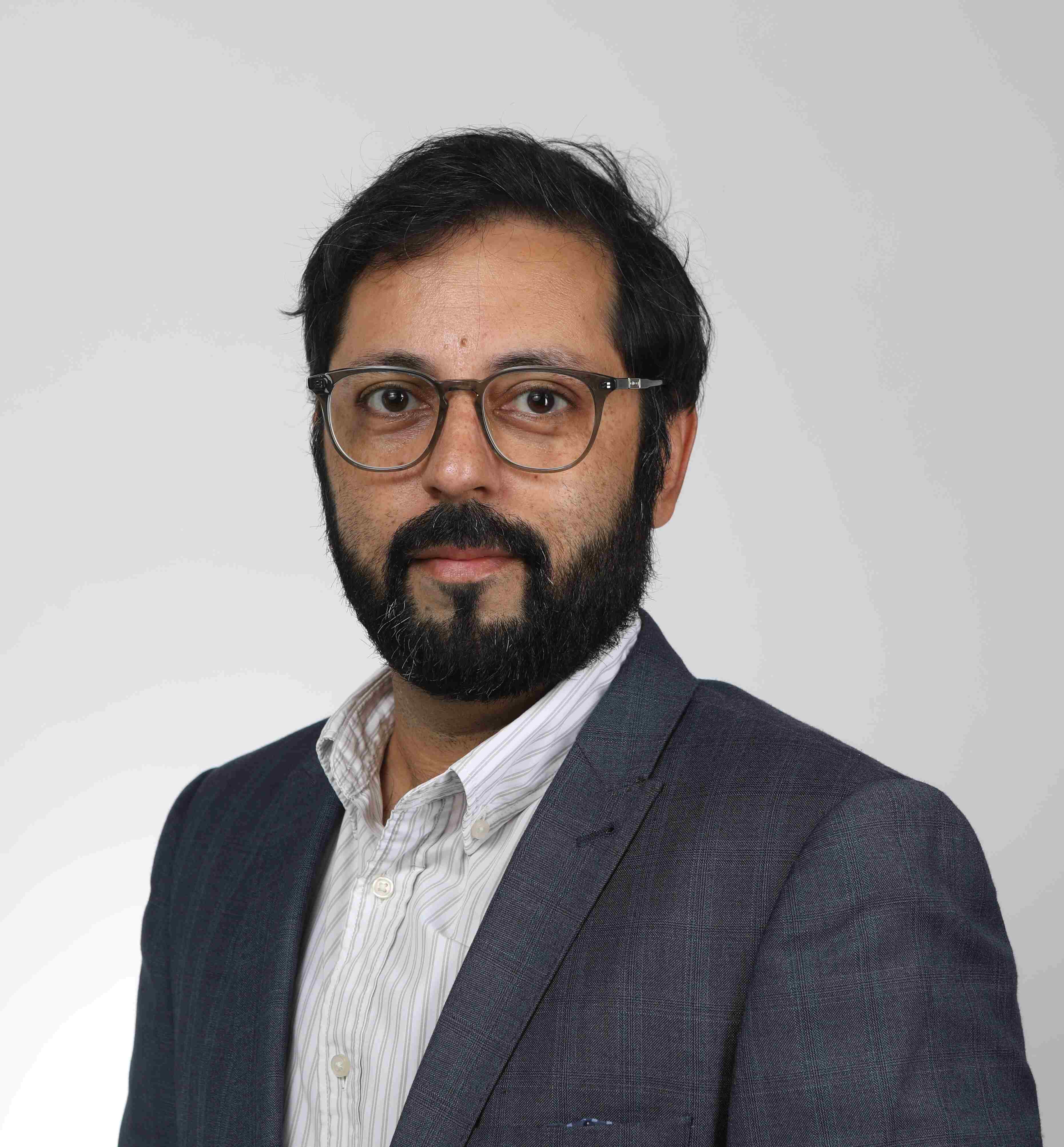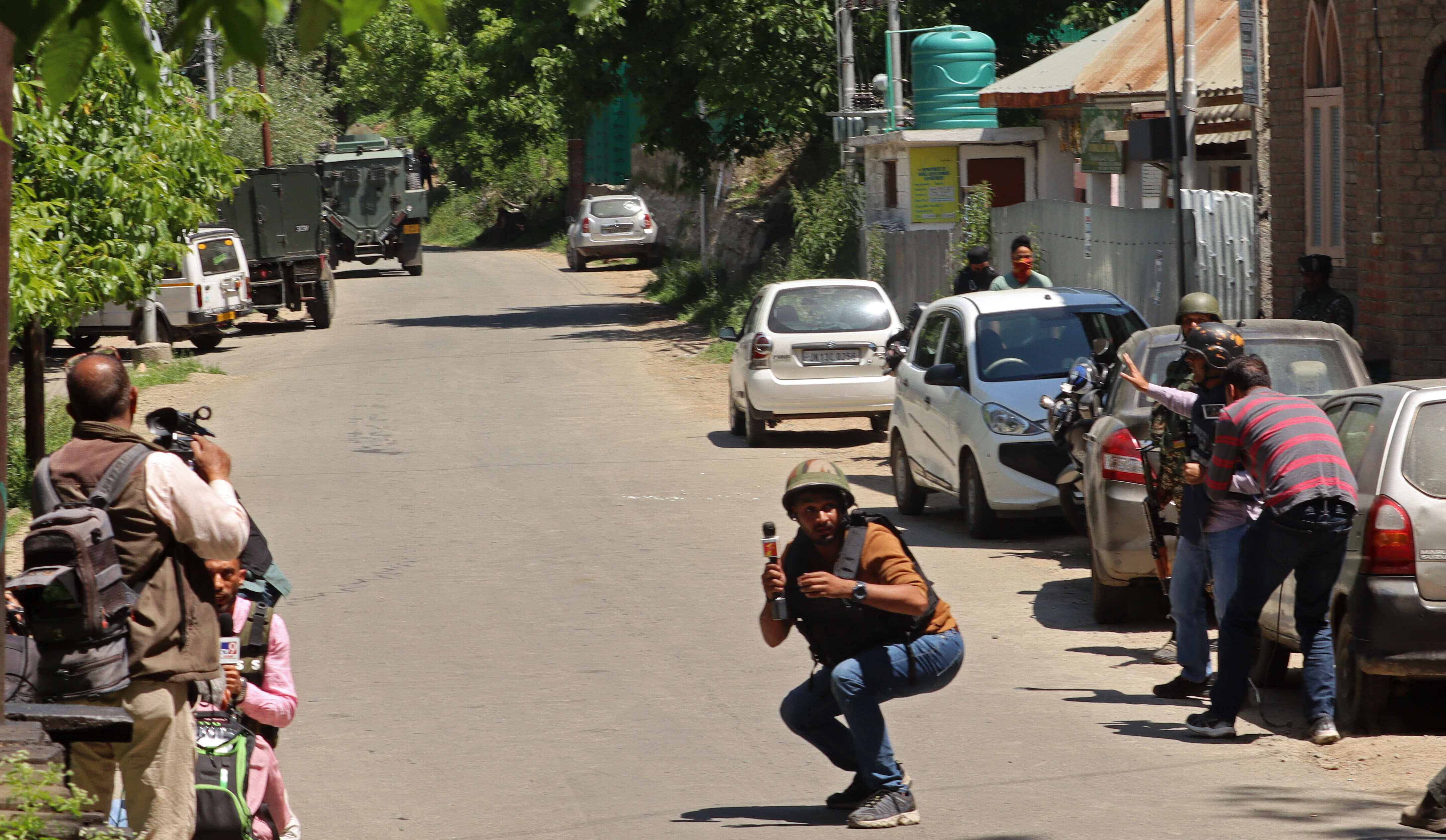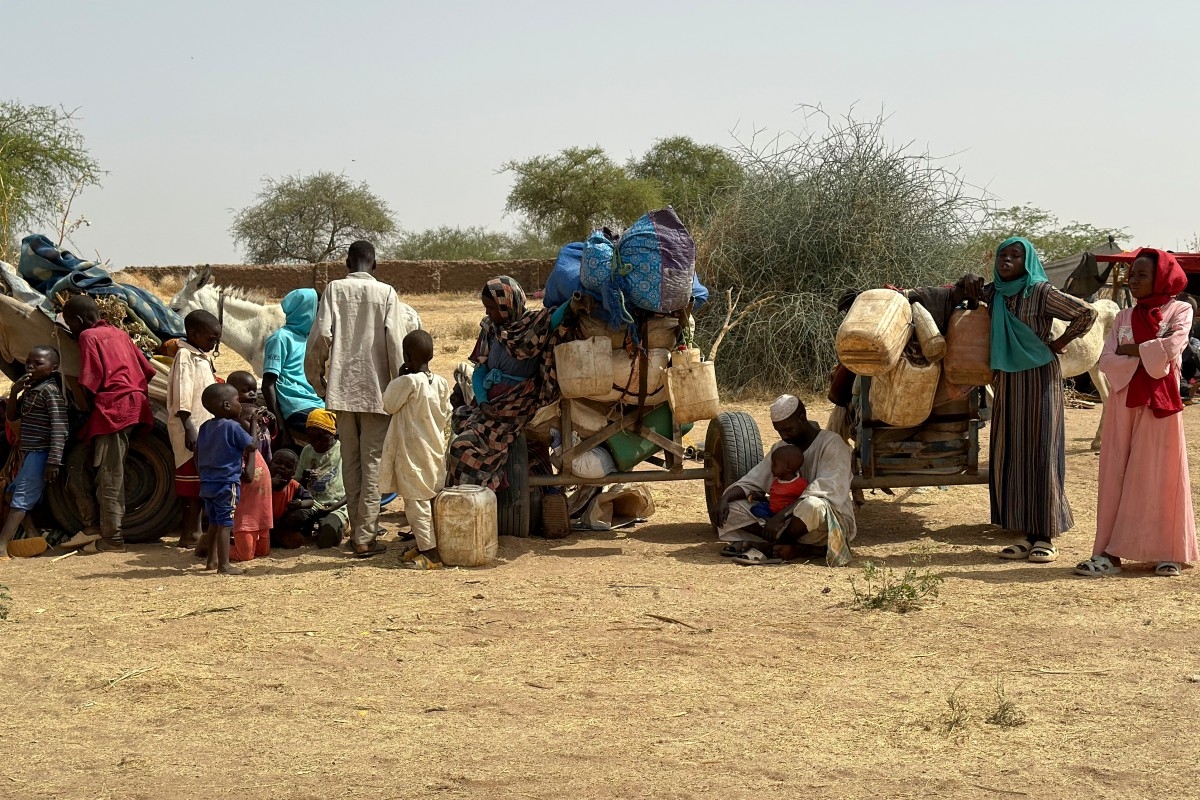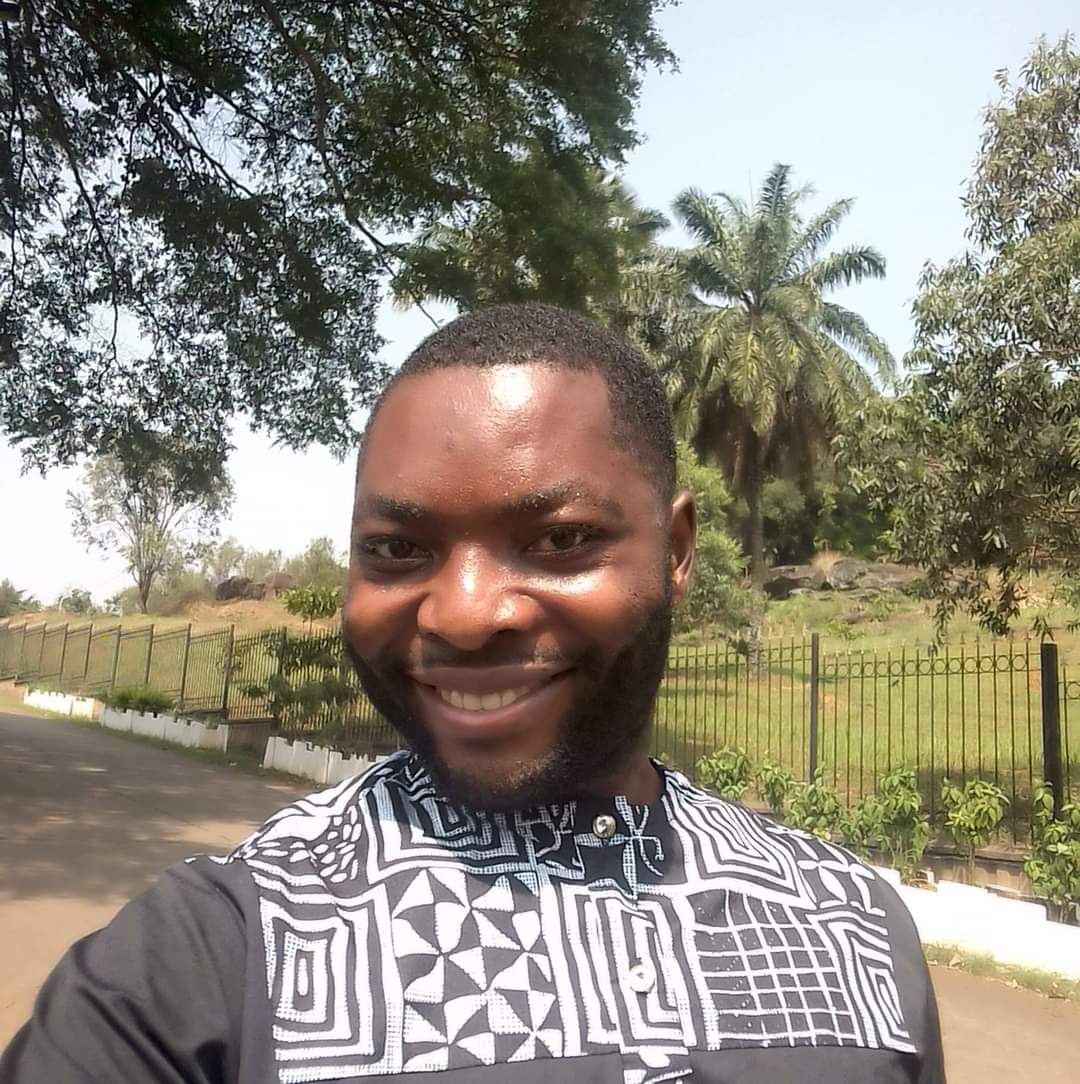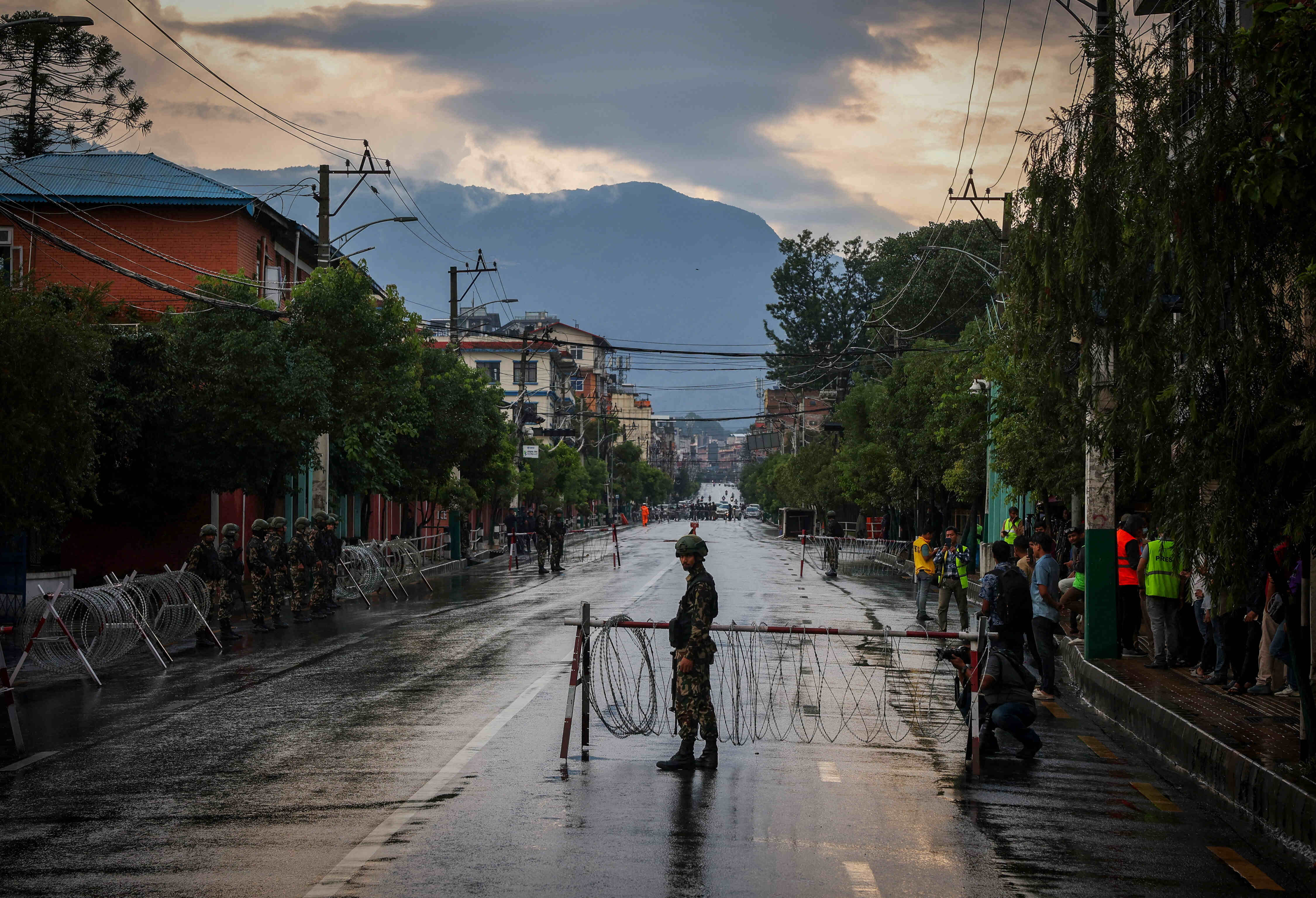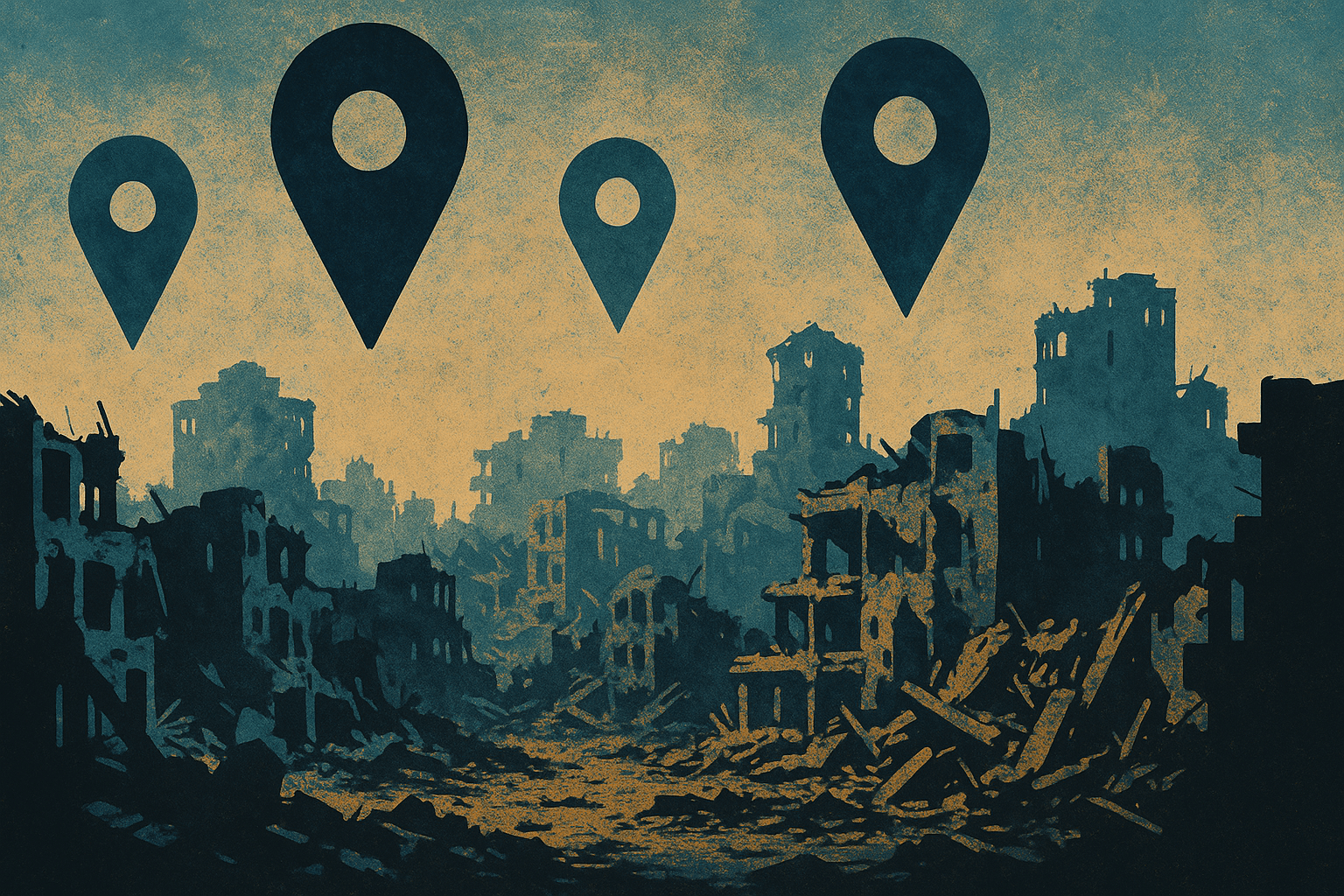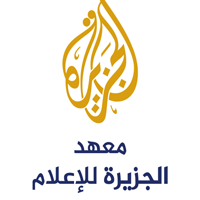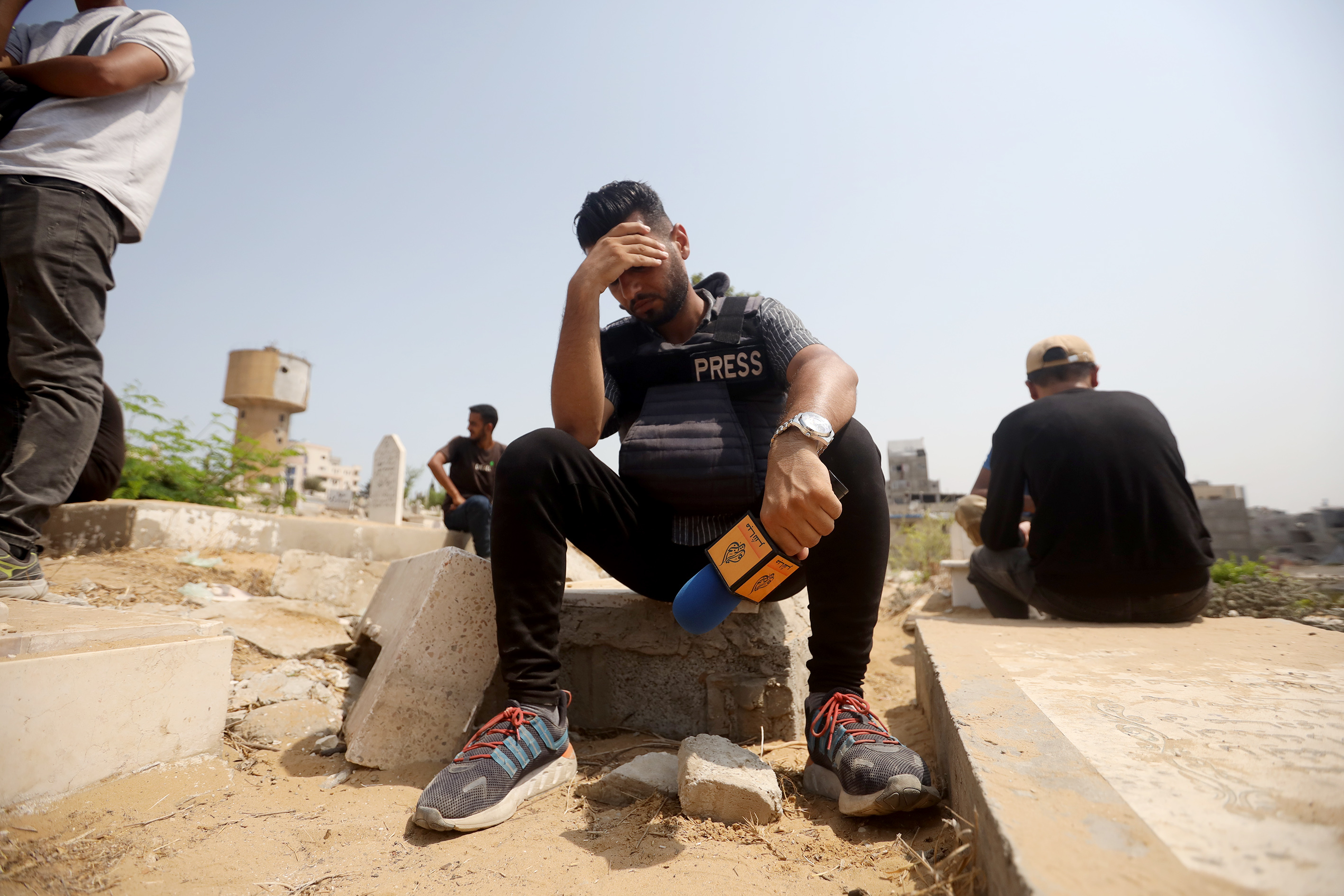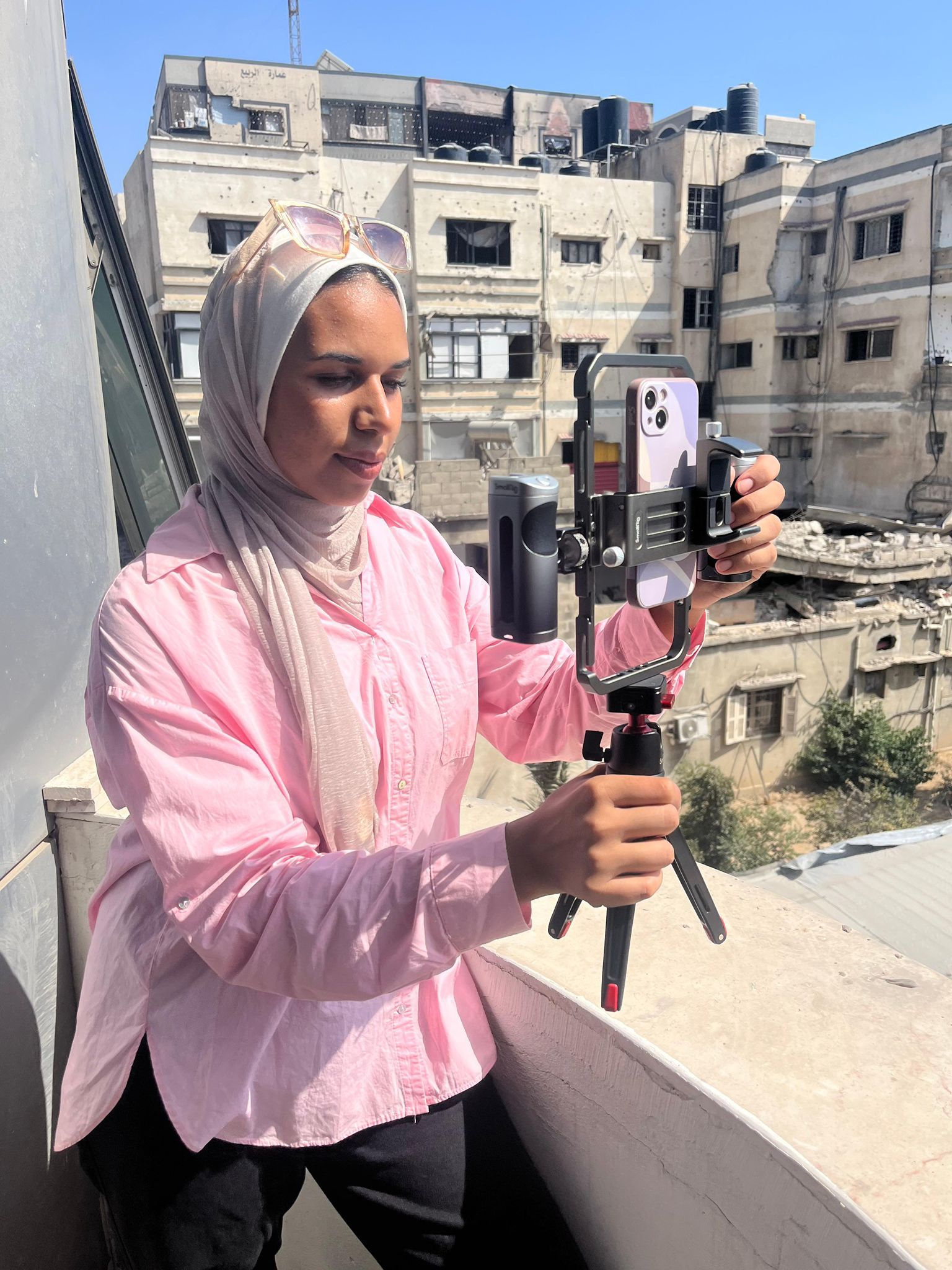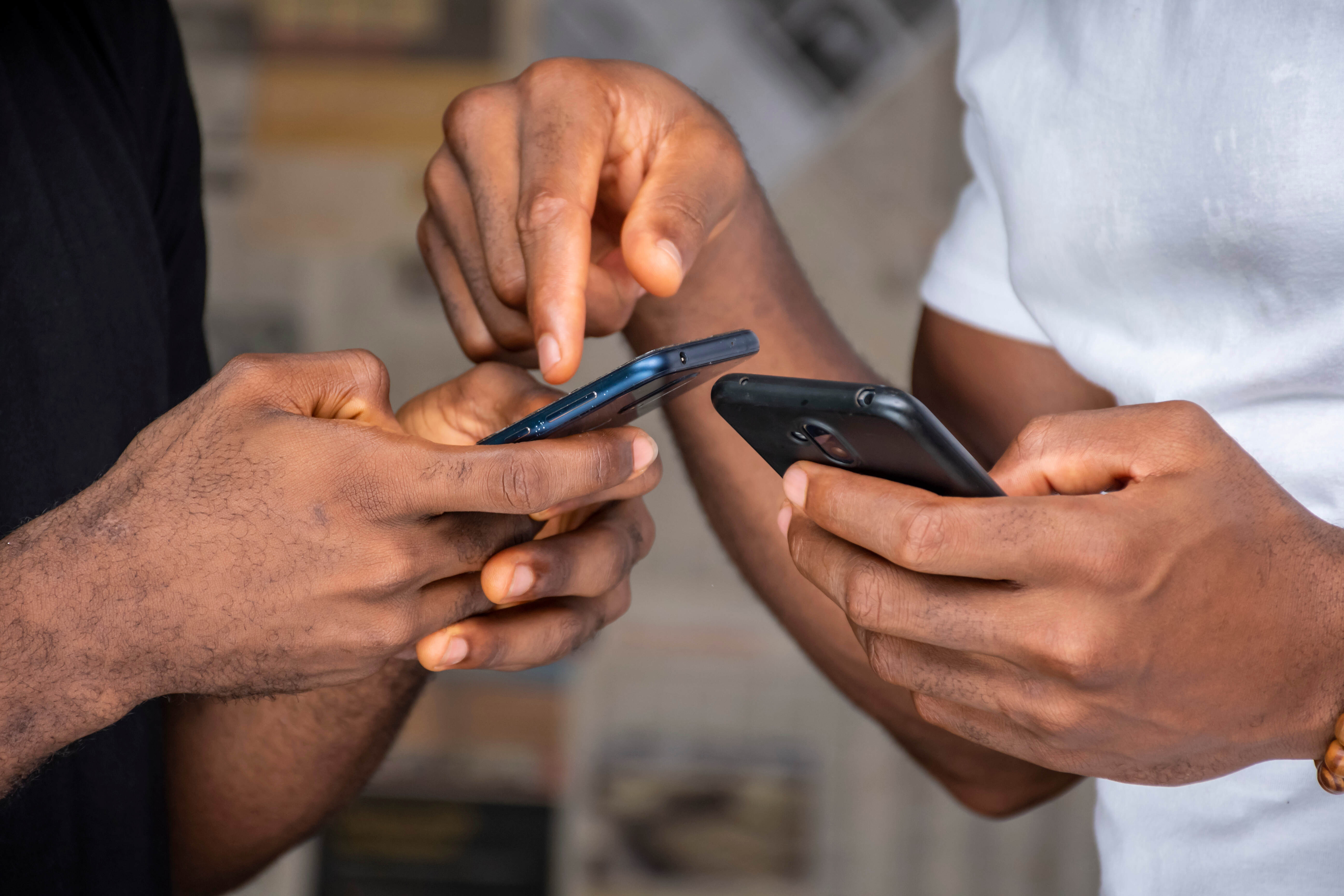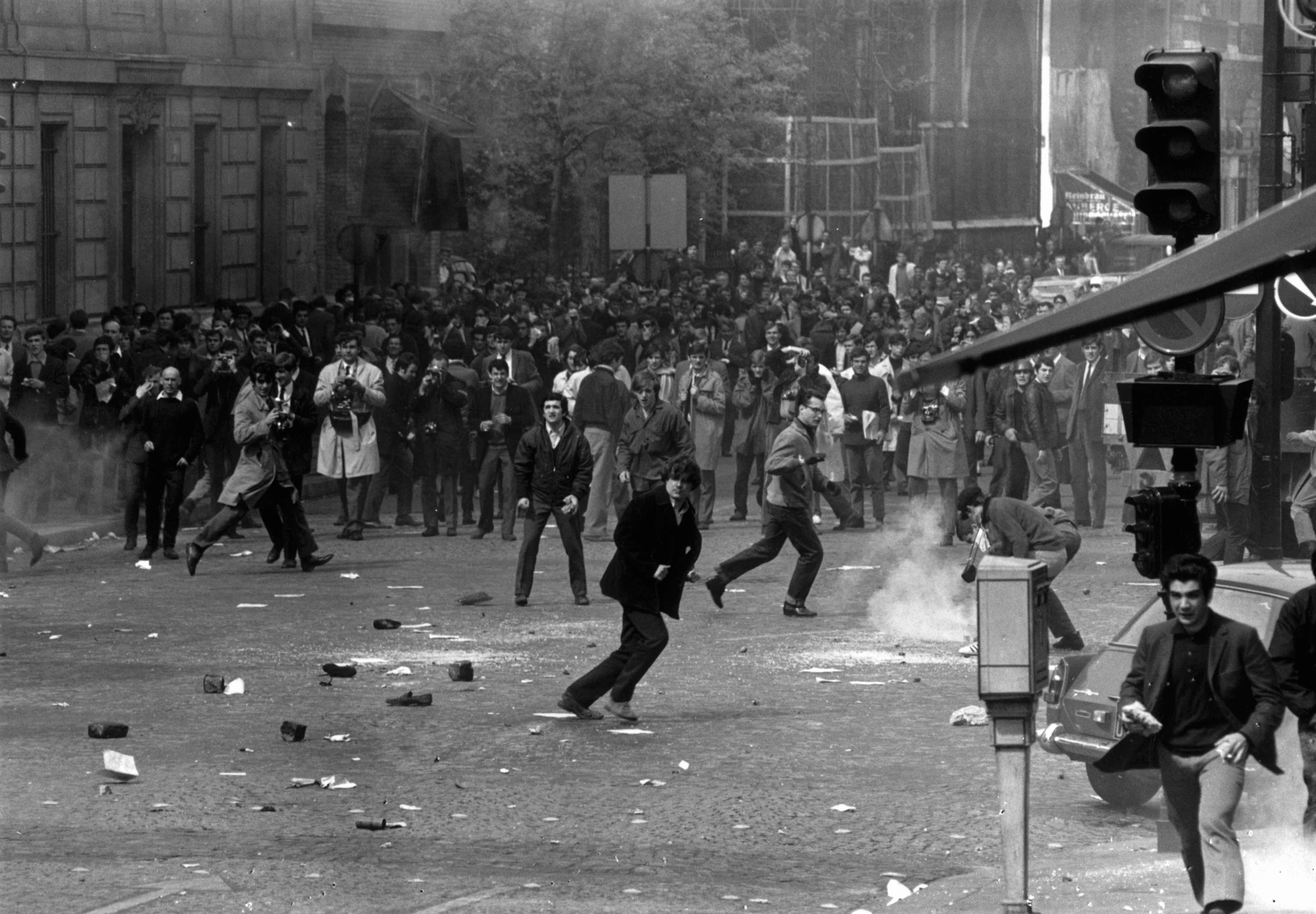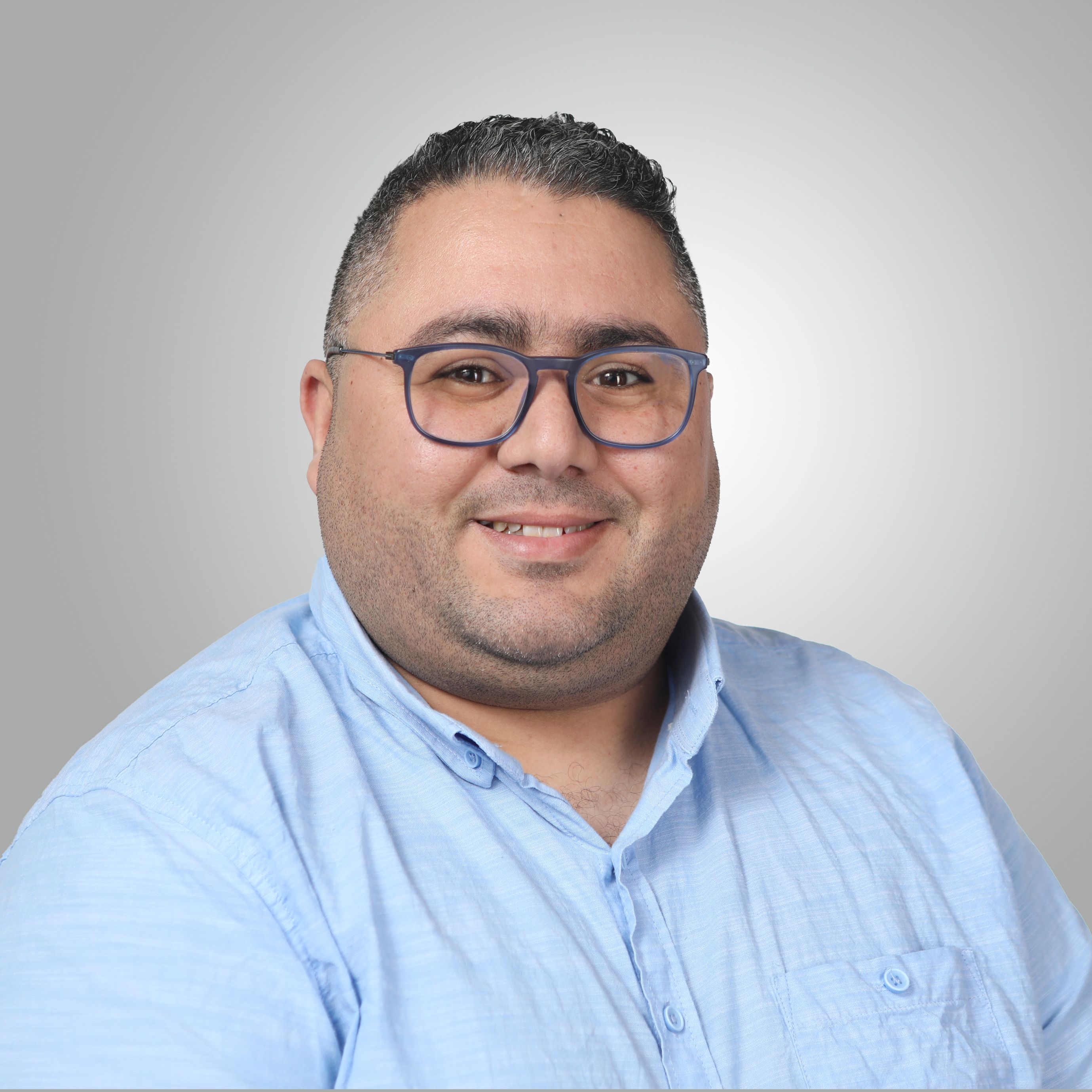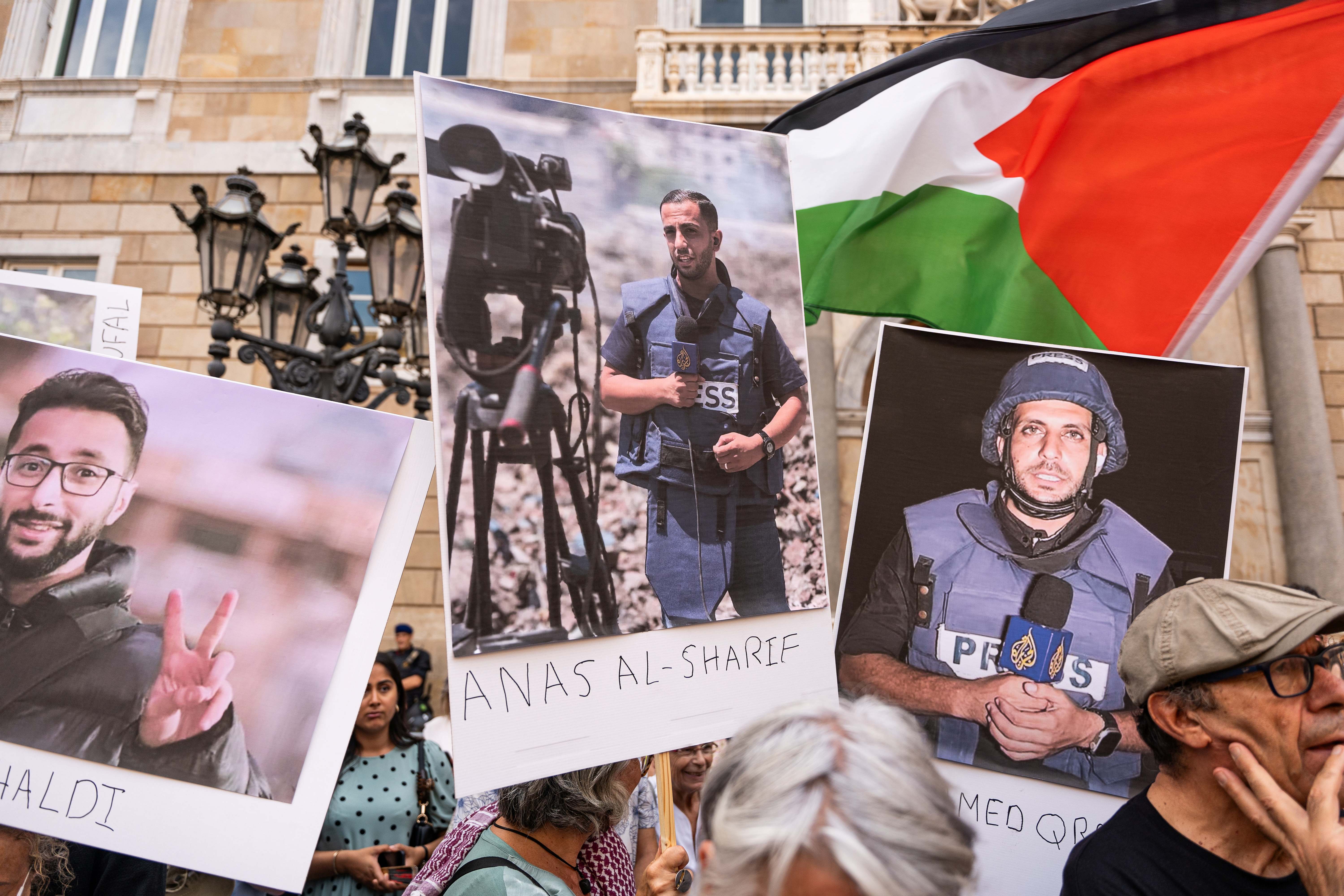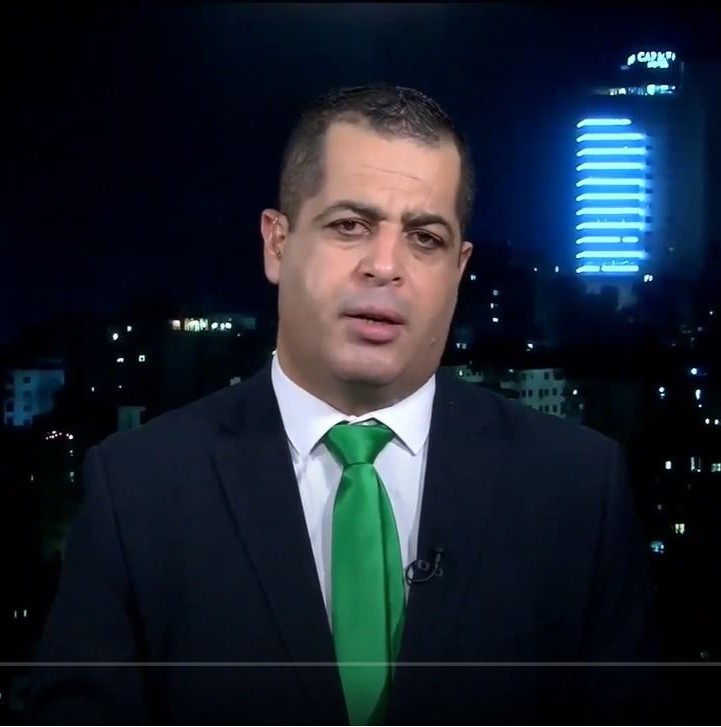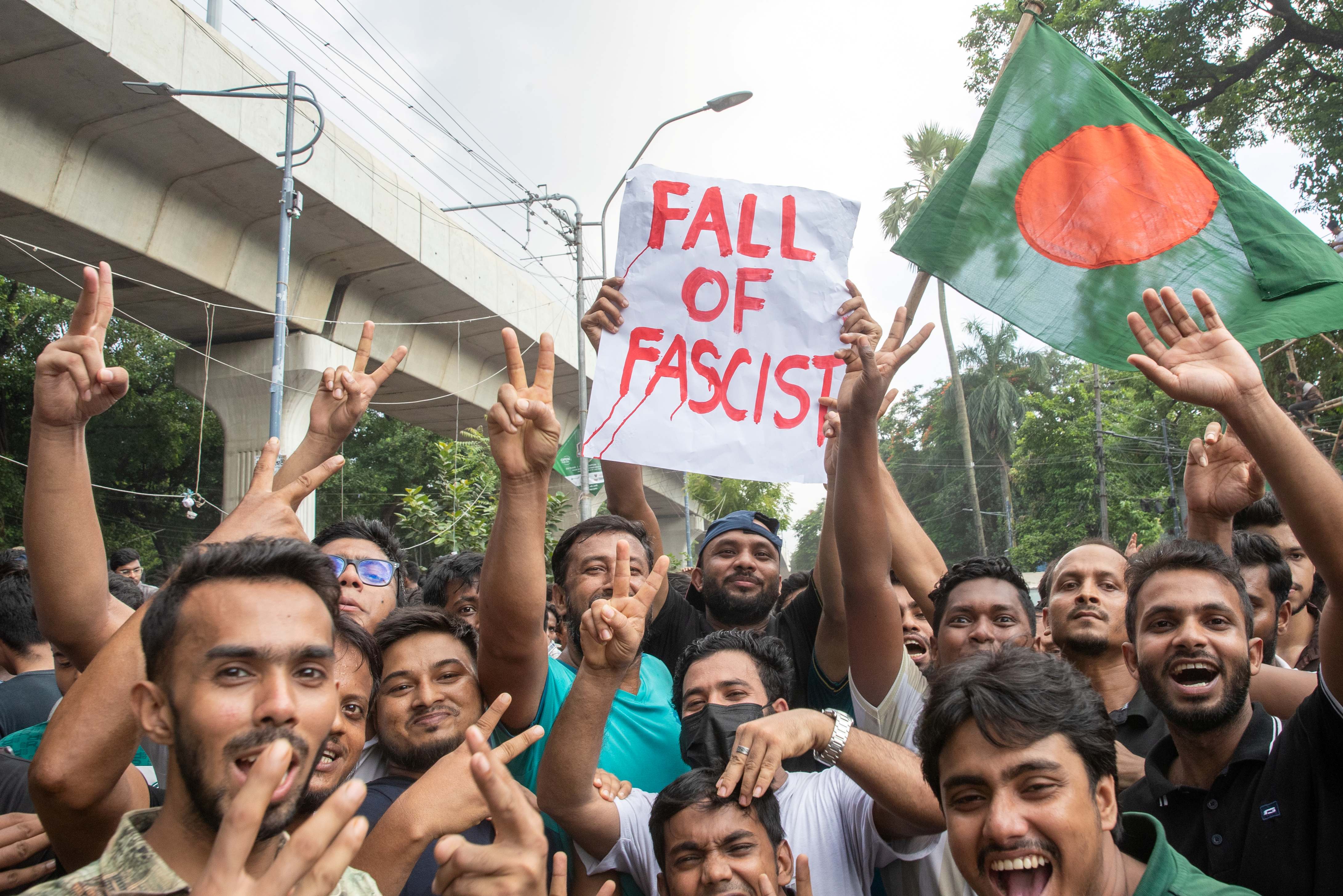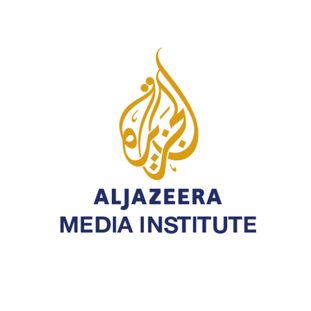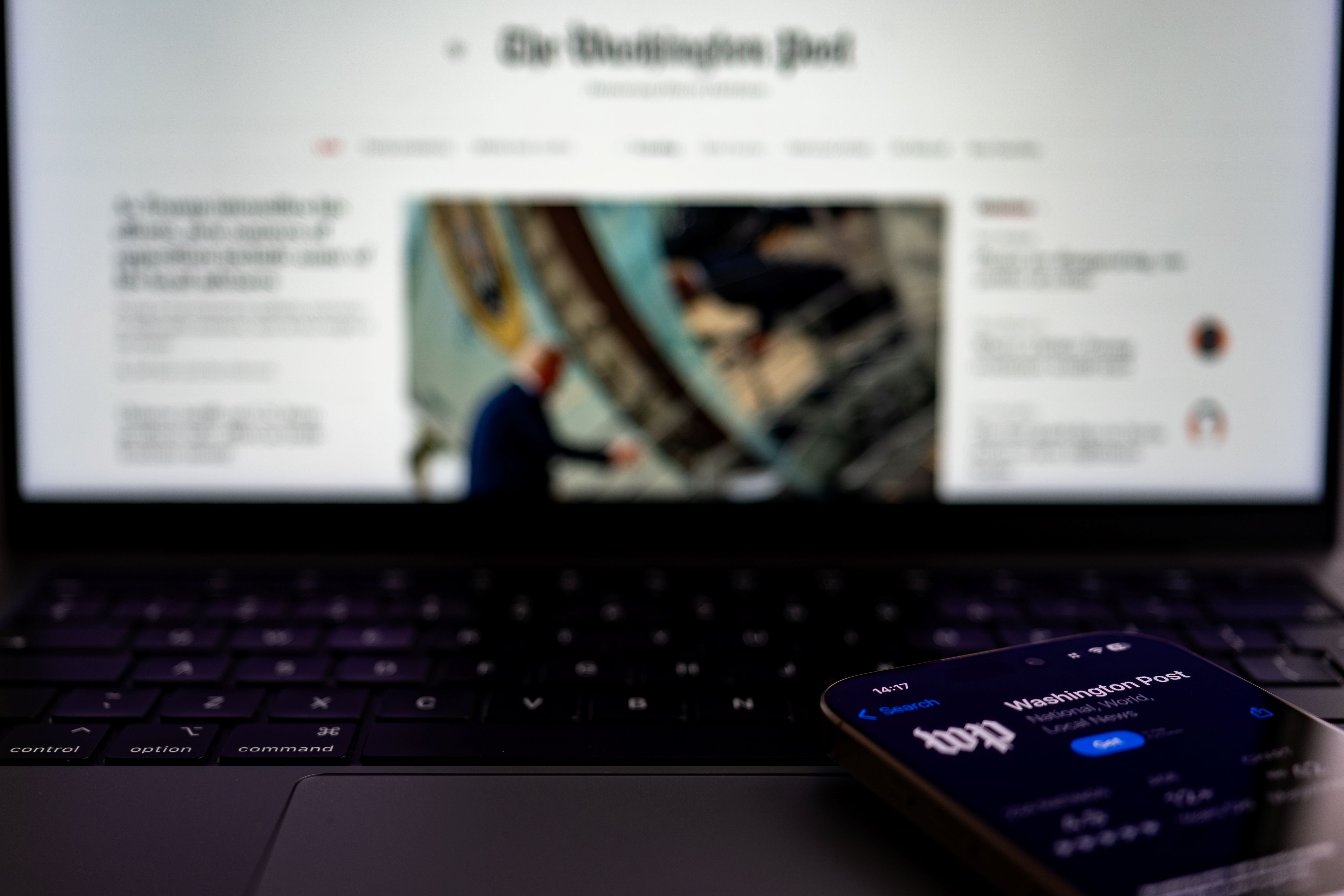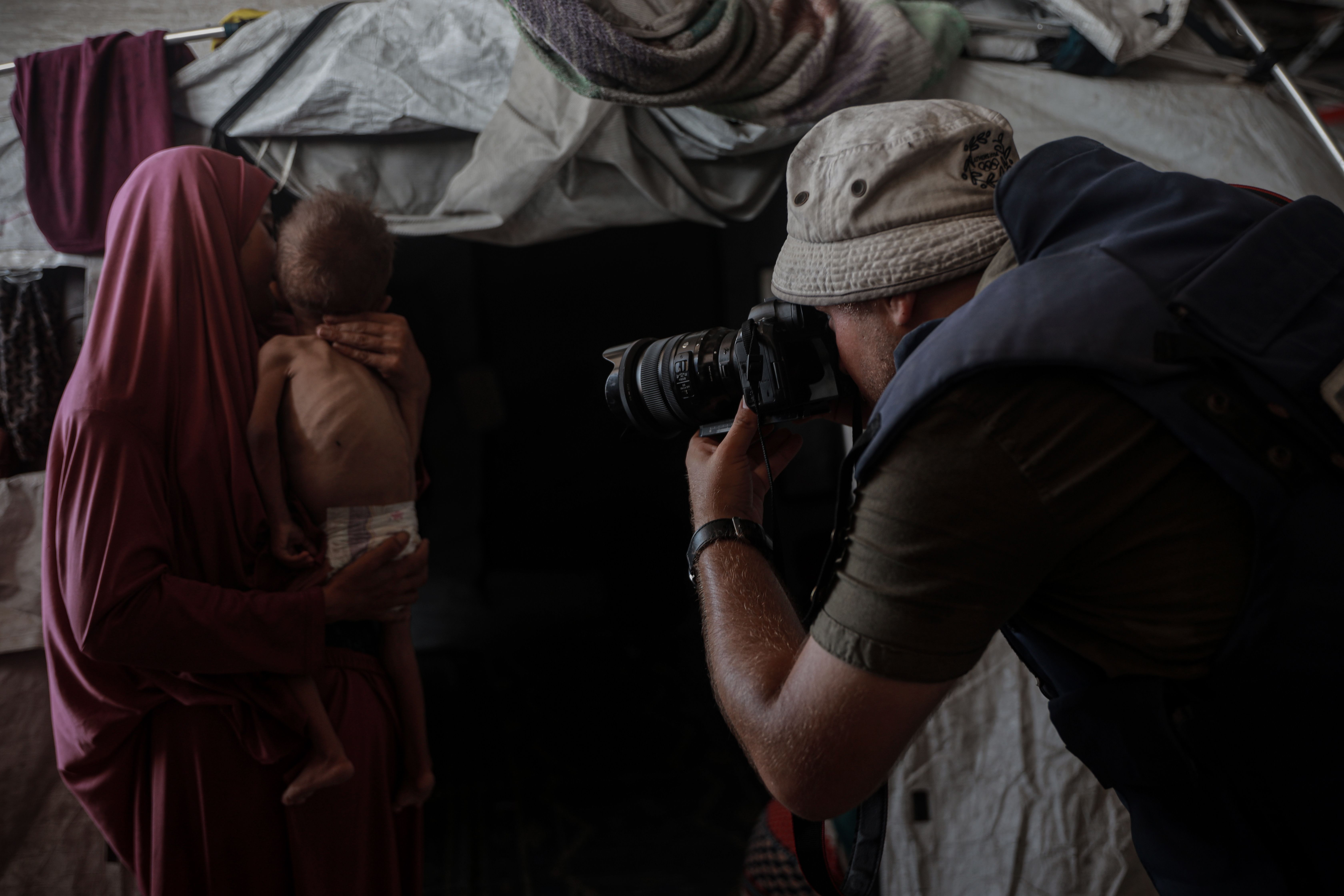"نيوزيلندا توجد على الطرف الآخر من العالم. والأشخاص الذين يطلقون النار على بشر مثلهم في دور العبادة هم مجانين حتى وإن كانوا يخططون لأعمالهم بدقة متناهية، كما أظهرت واقعة كرايست تشيرتش. مع ذلك، فإن كل أوروبي يقول إن جريمة تورط فيها أفراد في مكان بعيد عنا أمر لا يعنينا يكذب على نفسه. في كل المجتمعات الغربية يتنامى العداء للإسلام". مقتطف من مقال بعنوان "رهاب الإسلام القاتل" لكاتب ألماني يدعى أندرياس روس نشر على موقع صحيفة فرانكفورتر ألغماينه تسايتونغ الألمانية.
مأساة نيوزيلندا تعني الغرب بطبيعة الحال، تعنيه من أقصى يمينه إلى أقصى يساره وتعني إعلامَه على وجه الخصوص!
عندما قال كريستيان فولف رئيس ألمانيا الأسبق جملته الشهيرة "الإسلام جزء من ألمانيا" سنة 2010، قامت الدنيا ولم تقعد. هوجم وأُلبسَ عمامةً بيضاء في غلاف مجلة ألمانية وفي صور أخرى أُلبس الطربوش الأحمر وبجانبه سيف، وظهر أحياناً أخرى بلحية... ببساطة، أطلقت كل جهة (في الصحافة وعلى الإنترنت) العنان لمخيلتها في تصويره "مسلماً مندساً" بالرموز التي تعتقد هي أنها تمثل الإسلام. ومع كل هذا اللغط والتضخيم، ساد الشعور في الرأي العام بأن فولف قال "على ما يبدو" جملة مرفوضة وخطيرة. فما الذي يمكن فهمه من جملة فولف؟ أن الإسلام بات فعلاً جزءاً من ألمانيا مع وجود حوالي أربعة ملايين مسلم على أراضيها، يحمل عدد كبير منهم الجنسية الألمانية؟ أم أن أعلى سلطة في البلاد (بصرف النظر عن حجم صلاحيات الرئيس في ألمانيا) يعتبر ديناً "مرتبطاً بمبادئ وطقوس تعارض وتهدد القيم والثقافة المسيحية" جزءاً من ألمانيا؟ الإعلام في نهاية المطاف هو من حدد في أي الاتجاهين فهم الجمهور الجملة وتفاعل معها. جملة فولف هذه فتحت نقاشا كبيراً حول موقع الإسلام في ألمانيا، وبحذر أكبر، أدلى يواخيم غاوك الرئيس السابق لألمانيا بدلوه في هذا النقاش، قائلاً "المسلمون الذين يعيشون في ألمانيا جزء من ألمانيا..."
انقسام حاد حول الإسلام
عندما أعادت ميركل في العام 2015 استخدام الجملة الشهيرة لفولف كان وقعها أخف ربما لأن عامل الصدمة تلاشى مع أول مرة. مع ذلك وبشكل مشابه لما حصل مع فولف، انتُقدت ميركل بشكل كبير وظهرت على الإنترنت صور لميركل بالحجاب منها على إحدى المدونات الإلكترونية صورة تُظهرها بحجاب أسود وفي الخلفية علم تنظيم الدولة الإسلامية وقد كُتب شعاره، عوضاً عن اللون الأبيض، بألوان العلم الألماني. وكان لافتاً أن المستشارة أعادت استخدام الجملة مرة أخرى في 2018 مُعارضة بها تصريحات هورست زيهوفر وزير داخليتها وهو أيضاً شريكها في الحكم وخصمها اللدود المعروف بخلافاته معها بسبب سياستها للهجرة، فقد كان لزيهوفر كذلك رأي في هذا الموضوع، ولم يفوت الفرصة للتشديد عليه في العام 2018، في عز أزمة تواجهها الأحزاب الكبرى في ألمانيا لصالح التيارات اليمينية المتطرفة، ليصرح في مقابلة لصحيفة "بليد" الواسعة الانتشار بأن "الإسلام ليس جزءاً من ألمانيا... المسلمون الذين يعيشون بيننا جزء من ألمانيا بالطبع. لكن هذا لا يعني بالطبع أن نتخلى بذلك عن تقاليدنا وعاداتنا المميزة لبلدنا من منطلق مراعاة خاطئ". يأتي هذا في وقت دخل فيه موضوع اللاجئين والإسلام بشكل واضح حسابات السياسيين وحملاتهم الانتخابية، ويستمر اليمين في حصد النجاحات، مستفيداً من استياء فئات اجتماعية عريضة من طريقة تدبير أزمة اللاجئين. استياء غذاه بالطبع الإعلام من خلال تضخيم بعض الأحداث والتركيز على حالات اعتداءات أو جرائم ارتكبها مهاجرون أو لاجئون غالبيتهم مسلمون. ويبقى المثال الأهم في هذا السياق حادثة ليلة رأس السنة 2016 عندما تعرضت حوالي عشرات النساء لعمليات سلب وتحرش جماعي أثارت ضجة إعلامية وجدلا كبيرين. الإعلام وقتها نقل عن شهود عيان أن المتورطين في هذه الاعتداءات، يحملون سمات عربية أو من شمال افريقي، ورغم تحذير وزير العدل الألماني وقتها من ربط الجرائم بقضية اللاجئين والمهاجرين، إلا أن ذلك حدث بالفعل وأصبحت كلمة "شمال إفريقي" تذكر بحادثة التحرش الشهيرة. ورغم الغموض السائد وتضارب الأنباء حتى يومنا هذا حول ملابسات ما حدث بالضبط، أدت الضجة الإعلامية -التي استفاد منها كثيراً حزب البديل من أجل ألمانيا اليميني الشعبوي- إلى ممارسة ضغوط كبيرة على الحكومة لدرجة فتح موضوع تصنيف الدول المغاربية دولاً آمنة، وهو الذي سيصعّب حصول طالبي اللجوء من المغرب والجزائر وتونس على اللجوء في ألمانيا. الهدف كان امتصاص غضب الرأي العام بسبب حادث لم يتأكد حتى ما إذا كانت جنسيات المتورطين فيه تقتصر على المهاجرين العرب والمسلمين ونسبة المغاربيين من مجموع المتورطين (وعددهم كبير) في الاعتداءات.
يبقى كل ما ذكر أعلاه مجرد أمثلة لظاهرة عامة تتنامى بشكل كبير في العقود الأخيرة. ويمكن القول إن تناول معظم وسائل الإعلام للإسلام في ألمانيا والغرب عموماً يعطي مثالاً حياً لنظرية الإعلام الشهيرة "وضع الأجندة" (Agenda Setting) أو "ترتيب الأولوليات" كما يسميها البعض، والتي تفترض أن المواضيع التي تركز عليها وسائل الإعلام هي التي تنال اهتمام الجمهور بحيث تصبح أجندة الإعلام هي أجندة الجمهور. وهكذا ففي ظل كل هذا التضخيم والتهويل في الأحداث والمواضيع التي لها علاقة بالمهاجرين والمسلمين من طرف التيارات اليمينية مستفيدة من الإعلام، لا عجب أن الألمان باتوا يعتقدون بأن عدد المسلمين في ألمانيا وصل إلى 17 مليون! (في حين أن عددهم الحقيقي لا يتجاوز 5 ملايين حسب أكثر التقديرات مصداقية) حسب ما جاء في استطلاع رأي نشر مؤخراً وشارك فيه 30 ألف شخص من ولايات ألمانية مختلفة.
استطلاع آخر للرأي أجرته مؤخراً مؤسسة "يوغوف" البريطانية وشمل عدة دول غربية، خلص بدوره إلى أن الإسلام هو الدين "الأقل تفضيلاً" في الدول الأوروبية والولايات المتحدة الأميركية، وعندما سُئل المستجوَبون من أربع دول (هي بريطانيا وفرنسا والولايات المتحدة الأميركية وألمانيا) إن كانوا يعتقدون أن هناك صداماً بين الإسلام والقيم الغربية، أجاب 47 في المئة من الألمان بنعم مقابل 46 في المئة في فرنسا و38 في المئة في بريطانيا و36 في المئة في الولايات المتحدة الأميركية.
ونقلاً عن كاي حافظ البروفيسور في جامعة "إرفورت" والمتخصص في مجال الإسلام في الإعلام، فإن الدراسات أظهرت أن "ما بين 60 إلى 80 في المئة من المواد التي تعرضها الصحافة غير المحلية وكذلك التلفزيون العمومي حول الإسلام في ألمانيا، تتمحور حول العنف الجسدي أو تتناول مواضيع سلبية أخرى كالإرهاب وقمع المرأة والتعصب والأصولية والتخلف"، كما جاء في مقال له نشر على موقع صحفية "دي تسايت" الألمانية.
"المسلم متهم حتى تثبت براءته"
وإلى جانب مسألة التضخيم والتهويل في المواضيع المتعلقة بالمسلمين والتركيز على الجوانب السلبية في تغطيتها، تمر أخطاء وأحكام قيمة وعمليات تنميط كبيرة في طريقة التغطية نفسها. مثلاً عبارة "الإرهاب الإسلامي" المستعملة بكثرة في الإعلام الغربي خصوصاً تطرح في حد ذاتها إشكاليات، فعندما يدعي تنظيم "داعش" بأنه يمثّل الإسلام، يدخل ذلك ضمن الـ"بروبغندا" التي يسعى لنشرها ويساعده الإعلام، عن قلة وعي أو لمصالح وأهداف معينة، في نشرها. وعندما يصرّح شخص كمهاجم نيوزيلندا بأنه ارتكب فعله تأثراً بمتطرفين محسوبين على الثقافة المسيحية، لا نجد الإعلام الغربي يتبنى مصطلح "الإرهاب المسيحي" لتصنيف هذا الحادث. بينما يضرب "داعش" كل الناس في كل مكان بمن فيهم المسلمين! فمن يمثل الإسلام هنا لنربطه به؟ لماذا يختار الإعلام الجلاد ليمثل الإسلام بينما هو خطر مشترك لدى الجميع؟
موضوع التصنيفات هذا يساهم كذلك في تورط الإعلام الغربي في زيادة العداء لفئة المسلمين، حتى أصبح الإرهاب مرتبطاً بالإسلام وبات المسلمون مطالبين بتسجيل مواقفهم من الهجمات التي يرتكبها مجرمون باسم دينهم.
أوتريخت الهولندية شهدت يوم الإثنين الماضي اعتداءاً نفذه شخص داخل ترام مخلفا ثلاثة قتلى وخمسة مصابين. منذ البداية أعلنت الشرطة أنها لا تستبعد الدافع الإرهابي للجريمة دون إيضاح السبب، مع أنه الهجوم لم يتبناه أي تنظيم. وبقيت الشرطة تحقق، وانتشر الحديث عن إمكانية وجود دوافع أخرى عائلية أو شخصية وراء الهجوم، وعن أن المتهم معروفه بسجله الجنائي لدى الشرطة، لكنها بقيت متمسكة بفرضية الدافع الإرهابي، إلى أن أعلنت أمس أنها وجدت في سيارة المعتدي ما يدل على أن الدافع الإرهابي موجود! فلماذا بقي الدافع الإرهابي وارداً طيلة أربعة أيام قبل العثور على ما يثبته في سيارة المعتدي يوم الخميس؟ شخصياً، وبعيداً عن أي تقمص لدور الضحية، لم أجد أي منطلق لذلك سوى أن الرجل تركي مسلم. أي أنه في هذه الحالة وعكس المفترض، تصبح القاعدة كالآتي: المسلم متهم حتى تثبت براءته!
على النقيض من ذلك، يتم "التروي" عندما يتعلق الأمر بمهاجم غربي، ونصبح أمام تصنيفات أخرى من قبيل "إطلاق نار عشوائي" أو "هجوم انتحاري" أو "هجوم نُفذ من شخص يعاني اختلالات نفسية" أو وغير ذلك.
عندما يصبح الإعلام منبراً ووسيلة دعاية للتطرف
من الواضح أن معظم مرتكبي الهجمات "الإرهابية" على اختلاف أيديولوجياتهم وأهدافهم يشتركون في هدف واحد هو الرغبة في تحقيق الشهرة، فتجدهم يتفننون في خلق أساليب جديدة غير معهودة في تنفيذ جرائمهم لتحقيق أكبر انتشار لفعلهم الذي يعتبرونه إنجازاً ويريدون أن يتحولوا من خلاله إلى قدوة لآخرين تماماً كما وجدوا هم في متطرفين آخرين قدوة لهم، وهكذا تكبر كرة الثلج... ومن يساعدهم في ذلك؟ الإعلام طبعا!
مرتكب هجوم نيوزيلندا نجح في جعل نفسه مادة دسمة ومسيلة للعاب بالنسبة للإعلام: تصوير حي وبطريقة ألعاب الفيديو القتالية وأسلحة مليئة بالرموز والرسائل المشفرة التي تستدعي لوحدها مقالات وتحليلات شأنها شأن بيانه الطويل حول دوافع الهجوم، والذي انكبت عليه وسائل الإعلام ليصبح المعتدي أشهر شخص في العالم يوم 15 مارس 2019 وتنتَشرَ صوره في كل مكان، بل ويعيدَ إلى دائرة الضوء أشخاصاً اشتهروا في السابق بارتكاب اعتداءات مشابهة.
نتيجة هذه الدعاية لن تكون سوى تغذية التطرف على الجهتين: دغدغة مشاعر المتطرفين اليمينيين المتعطشين لمثل هذه المشاهد وتشجيعهم على اتباع قدوة جديدة. ومن جهة أخرى إعطاء أسباب جديدة للمتطرفين الآخرين (الذين يحسبهم الإعلام على الإسلام) للغرق أكثر في دور الضحية وتصوير الغرب كله على أنه العدو الأكبر الذي يجب على "المسلمين" الانتقام منه والدفاع عن أنفسهم منه. وقد بدأت فعلاً حمى الإعلام تُؤْتي أكلها، إذ عرفت مناطق أخرى من العالم اعتداءات على مسلمين وأجانب مباشرة بعد الحادث. صحيفة The Sun البريطانية نشرت مقاطع فيديو يَظهر فيها ما قيل إنه اعتداء ) في نفس يوم هجوم نيوزيلندا) على مصلين قرب مسجد شرق لندن، وقد نعت المهاجمون المصلين بالإرهابيين، بحسب ما نقلته الصحيفة على لسان شاهد عيان. ثم أعلنت الشرطة البريطانية تعرض أربعة مساجد لاعتداءات. وفي نيويورك، تم الاعتداء على امرأة محجبة. وقبل أيام كذلك اعتدى مجهول على امرأة حامل محجبة في برلين!
من جهة أخرى، انتشرت مباشرة بعد الهجوم أوسمة على مواقع التواصل الاجتماعي مثل وسم #الإرهاب_المسيحي_المتطرف أو #الإرهاب_الصليبي_المتطرف أو #الإرهاب_المسيحي_يقتل_الأبرياء وغيرها، وكما كان متوقعاً تعهد تنظيم الدولة الإسلامية في تسجيل صوتي بالانتقام، وانتشرت صورة على مواقع التواصل الاجتماعي نُسبت للتنظيم ويظهر فيها علم التنظيم وبندقية سوداء مليئة بعبارات وعيد وتهديد على طريقة منفذ هجوم كرايست تشرتش.
رئيسة نيوزليندا جاسيندا أردرن، التي أظهرت قدرات هائلة في التواصل واحتواء الأزمة إعلامياً، تعي جيداً هذه النقطة ولهذا خصصت جزءاً من كلمتها أمام برلمان بلادها، عقب الحادث، لتقول إن المعتدي يسعى للشهرة، وهو ما لن تتيحه له ذلك لن تلفظ اسمه. ودعت الإعلام إلى التركيز على ضحايا الهجوم وعائلاتهم والناجين منه.


